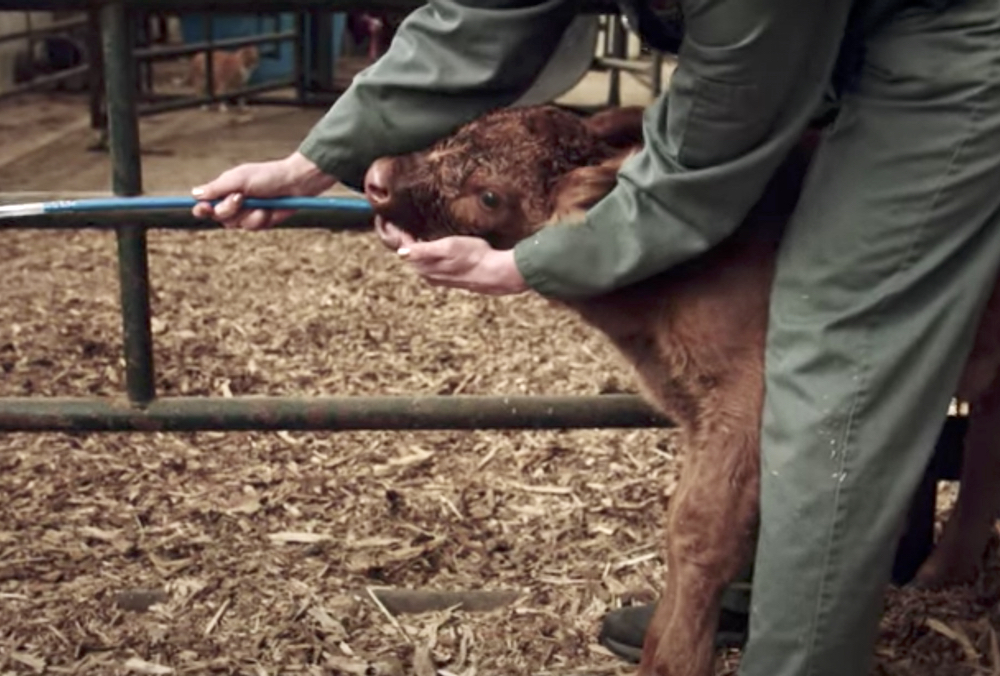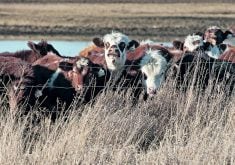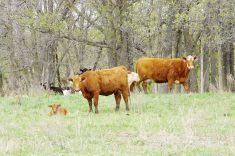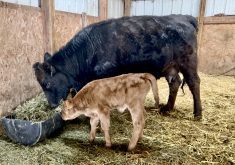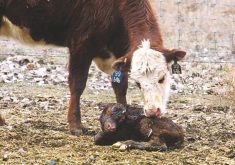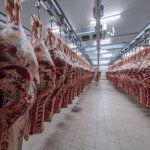The Beef Cattle Research Council has released a new video called “The Ins and Outs of Esophageal Feeding.”
The title is a reference to one of the main points of the video, namely that when tube feeding a calf, the feeding tube should go easily into the esophagus — and if not, you need to move the tube in and out until it does.
Esophageal feeding is used to give a calf colostrum or to treat dehydration in one that is sick.
“Knowing how to properly tube feed a calf is critical to help support calves when they are at their most vulnerable,” the council said in a blog article on the new video.
Read Also
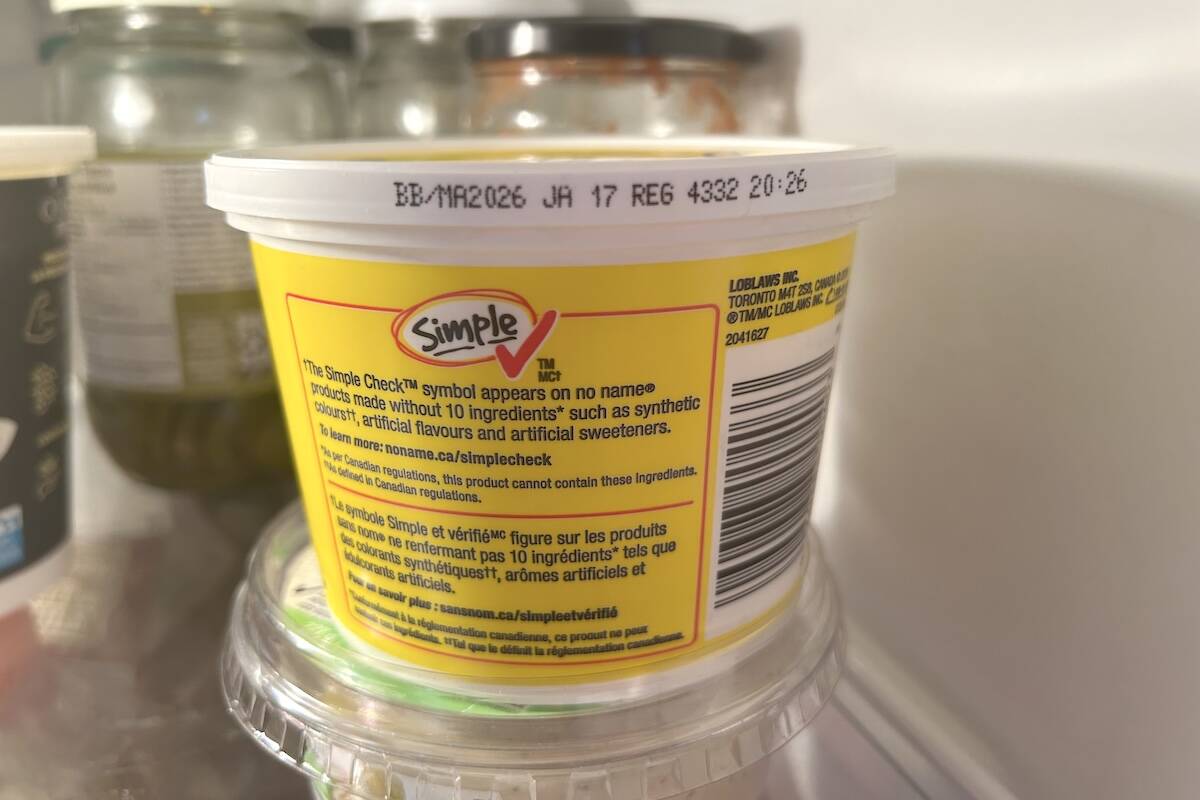
Best before doesn’t mean bad after
Best before dates are not expiry dates, and the confusion often leads to plenty of food waste.
The blog also lists several tips, including:
- Have two esophageal feeders (one for sick calves and the other for feeding colostrum) so disease or pathogens aren’t transferred from sick to healthy calves.
- Keep the calf’s head in a neutral position (not tipped up) to prevent the tube from entering the trachea and causing aspiration (fluid in the lungs). The calf can be standing, sitting or lying down with the head in a neutral position above the stomach.
- Pass the tube over the tongue to the back of the mouth. Allow the calf to swallow the tube so that it easily passes into the esophagus.
- Never force the tube. If there is resistance, pull it out and try again.
- Remember the ‘two-tube rule’: Once the tube is placed, you should be able to easily palpate both the rigid, enlarged esophagus and the rings of the trachea (windpipe). If both cannot be felt, you do not have proper positioning. Remove the tube and start again.
- Liquid being fed should always be at body temperature or 38 C (100 F) to prevent shock in an already weak calf.
- Allow the feeder to empty slowly. This can take upwards of three minutes. Slow feeding will reduce the risk of regurgitation, preventing aspiration into the lungs.
- Clip or kink the tube after feeding to prevent excess fluids from draining as the tube is being pulled out. Not doing this could result in aspiration.
- Clean and sanitize the tube and feeding apparatus after every feeding.
The video, which is just under four minutes long, can be found at beefresearch.ca.

